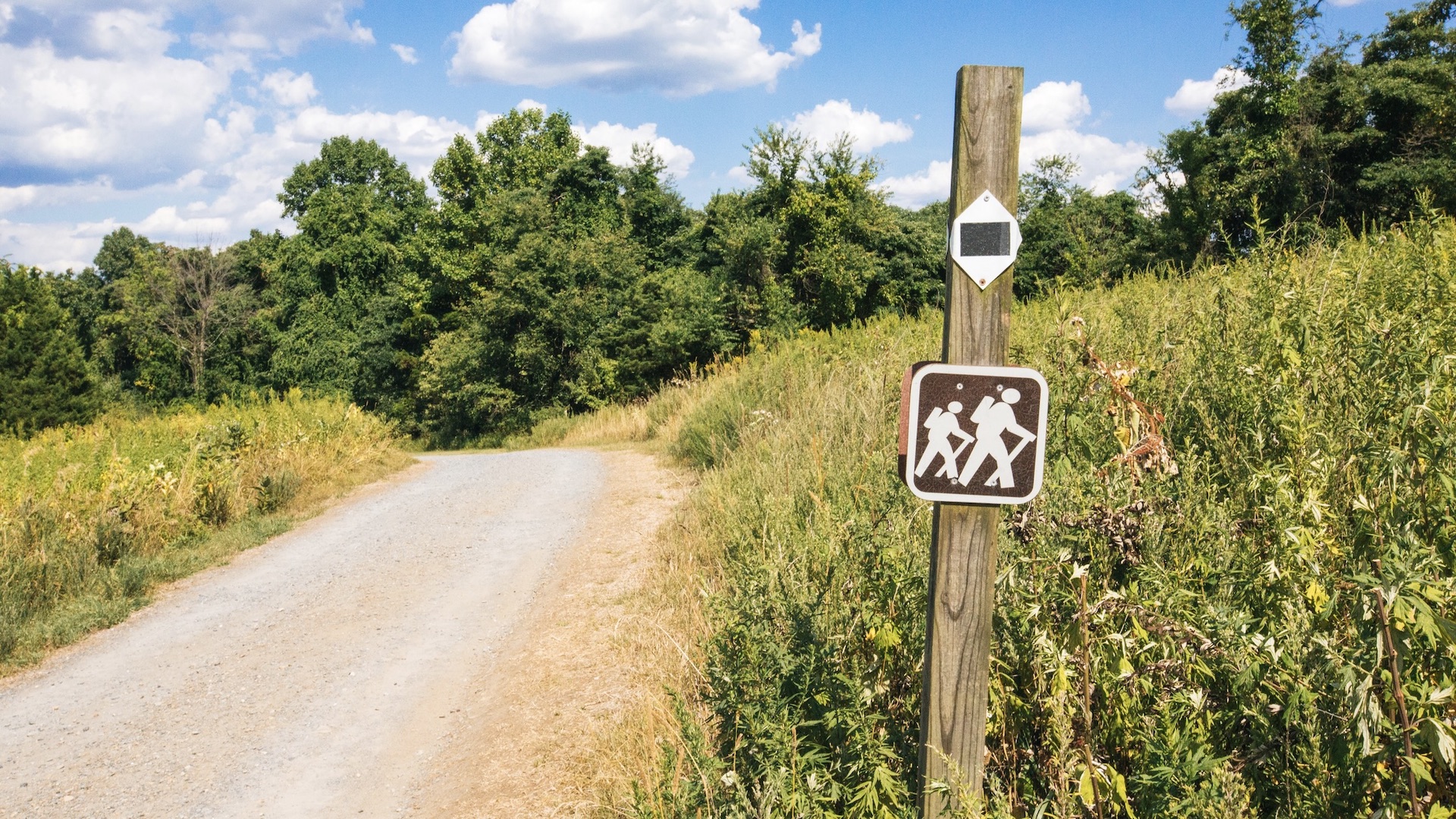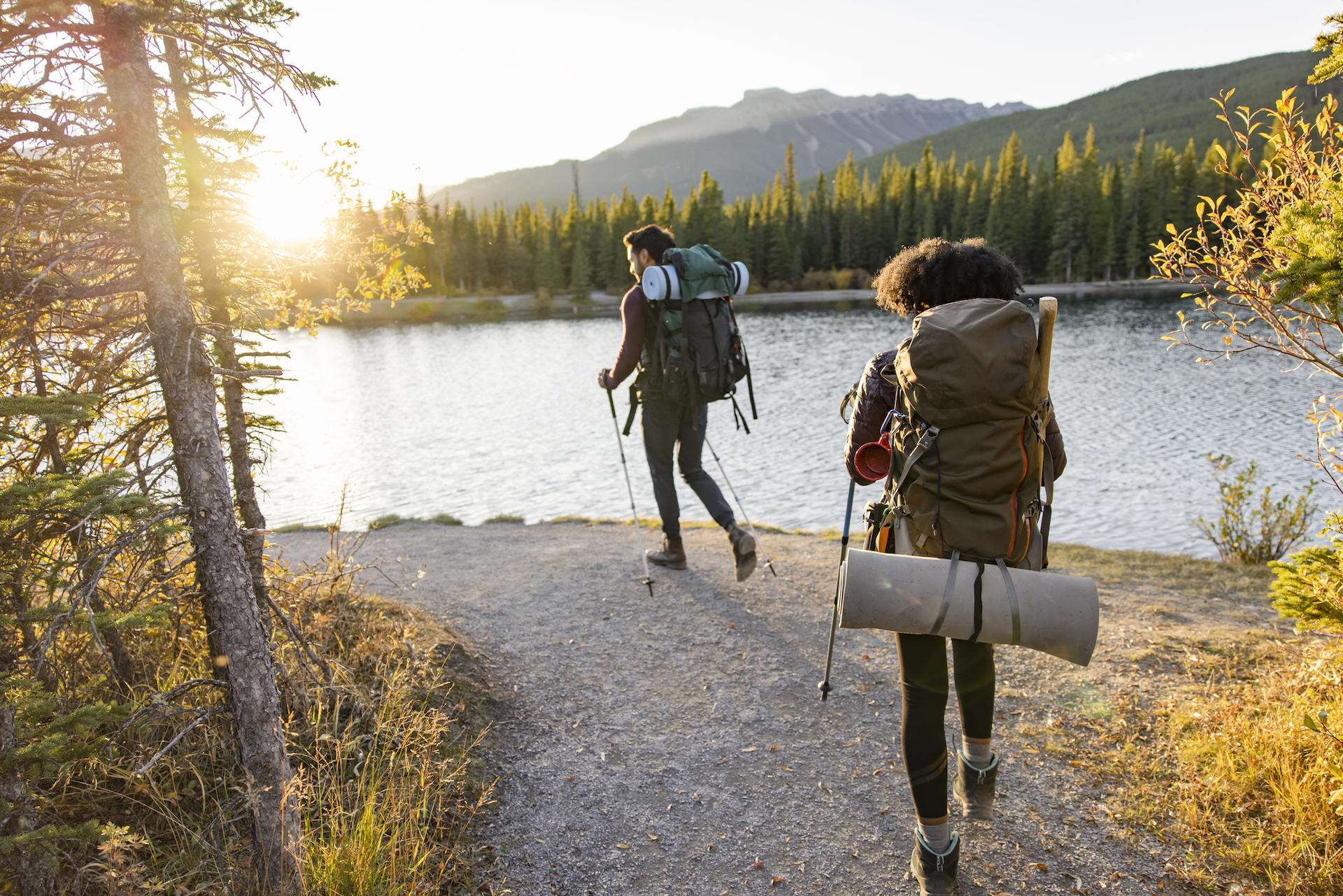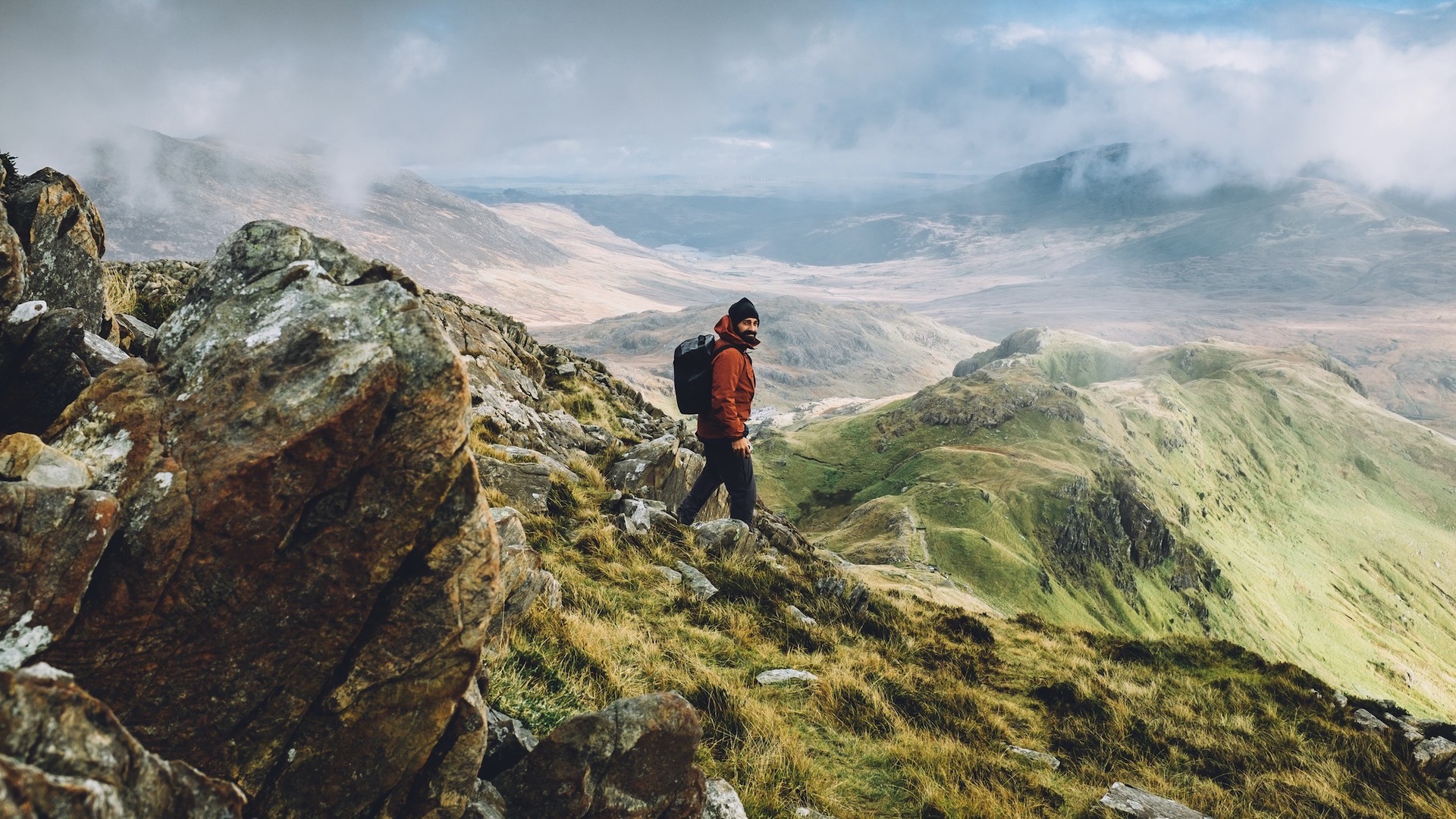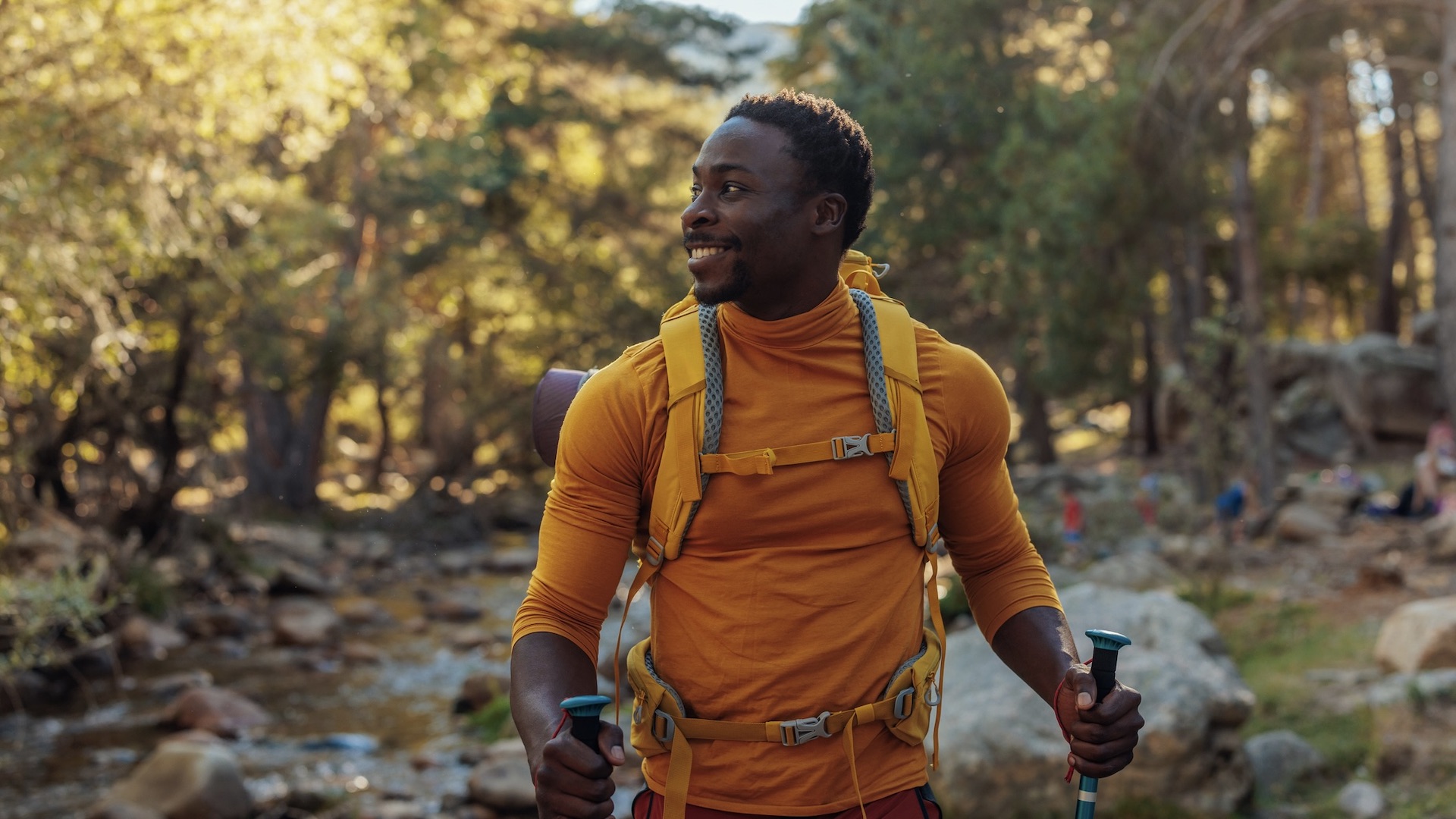8 easy ways to improve your posture for better hiking
Breathe easier and hike further, faster with these essential tips

Good posture is important for comfortable walking, especially if you are planning a long-distance hike. Following a few easy tips will allow walkers to breathe more easily and walk faster and further. The chances are that the right walking posture will also help you to avoid a range of common hiking injuries, such as a sore back.
There are also some easy ways to improve your posture for running.

Benefits of a better posture for walking
Before we get to the tips for improving your posture for walking, let’s take a look at the reasons why you might want to have a better walking style.
- Improve your walking speed, distance and stride
- Easier to breathe
- Increased energy levels
- Reduced potential for back and hip pain
- Better proprioception
- Reduced risk of falling over
- Stronger muscles.

8 ways to improve your walking posture
Stand and think
It’s worth spending some time before you start to walk by focusing on your posture. To begin with, stand up tall with your shoulders backed but relaxed, your chest up and forwards and your back straight. Hold your core firmly but not overly tight. Think about a short piece of elastic gently pulling the belly button towards the spine.
Your hips should also be square with the direction you will be walking and you should try not to lean forwards or backwards because that will put a strain on back muscles.
Overall, a good tip is to think about a balloon attached to the top of your head and floating above. This allows you to imagine a tall but relaxed posture.
Look ahead
If you look directly down you’ll end up with a sore and strained neck, so your aim is for your chin to be parallel to the ground.
Advnture Newsletter
All the latest inspiration, tips and guides to help you plan your next Advnture!
Your focus should be about five or six metres on the trail ahead. This way you’ll see any potential obstacles ahead and to the sides.

Shoulders and arms
As you walk, think about relaxing your shoulders. You can occasionally shrug them to make sure they are not tense. If your shoulders are relaxed and sitting slightly back, you are much more likely to walk tall.
This will also allow your arms to move comfortably beneath your shoulders.
Think about swinging your arms rhythmically but don’t over or under exaggerate the movement. Just allow your arms to comfortably swim at your side.
If you plan to use trekking poles – and these are a good idea for hiking posture – read on to find out more about walking style and poles.
Core focus
Another key to a good hiking posture is your core. These muscles stop you from slouching and leaning forwards or backwards.
It’s a good idea to aim to engage your core, although not so tightly that you can’t take deep and full breaths.
A strong core will also stop you arching your back, which will avoid a sore lower back, especially if you are carrying a rucksack.
Hip alignment
The aim is for neutrally aligned hips. You don’t want your pelvis to be point forwards or backwards because this will put extra strain on your back, core and legs muscles. Neutral hips means you won’t be arching your back, nor bending forwards.
Heel-to-toe gait
Try to take comfortable steps, moving from heel to forefoot in as natural way as possible. This involves striking the ground with your heel first, then rolling through from heel to toe and then pushing out of the step with your toe. Try to avoid flat-footed steps or striking the ground with your toes first.
The terrain and gradient will dictate your stride step, with larger strides on flatter ground and smaller steps on steep terrain. Staying relaxed but upright allows you to maintain a good walking posture and without over-stressing muscles.

Use trekking poles
Hiking poles are a good way to promote good posture. If you are holding poles in your hands and planting them in front of you as you hike, you are far less likely to slouch over.
Poles will help to propel you forwards and keep you upright and facing forwards, too.
Learning how to use walking poles will also help to reduce general fatigue across your body.
Carrying a rucksack
It’s tempting when hiking with a rucksack to hunch your shoulders to take some of the weight. A poorly weighted rucksack will also change your posture.
A study reveals the energy cost requirement is quite low when the weight of the pack is supported by the upper back compared to the lower back. This means you should pack lighter items at the base of the rucksack and heavier items towards the top.
So, posture is even more important for walkers when carrying a heavier pack. Focus on relaxed shoulders, a slightly pulled in core, neutral hips and relaxed legs.
Following these tips should help you to walk with a better posture, allowing you to hike further and faster with less possibility of aches, pains and injuries.

Fiona Russell is a widely published adventure journalist and blogger, better known as Fiona Outdoors. She is based in Scotland and is an all-round outdoors enthusiast with favorite activities including trail running, mountain walking, mountain biking, road cycling, triathlon and skiing (both downhill and backcountry). Aside from her own adventures, Fiona's biggest aim is to inspire others to enjoy getting outside and exploring, especially through her writing. She is also rarely seen without a running skort! Find out more at Fiona Outdoors.
